from 0 review
1 DAY
Daily Tour
Unlimited
English, Turkish, Urdu

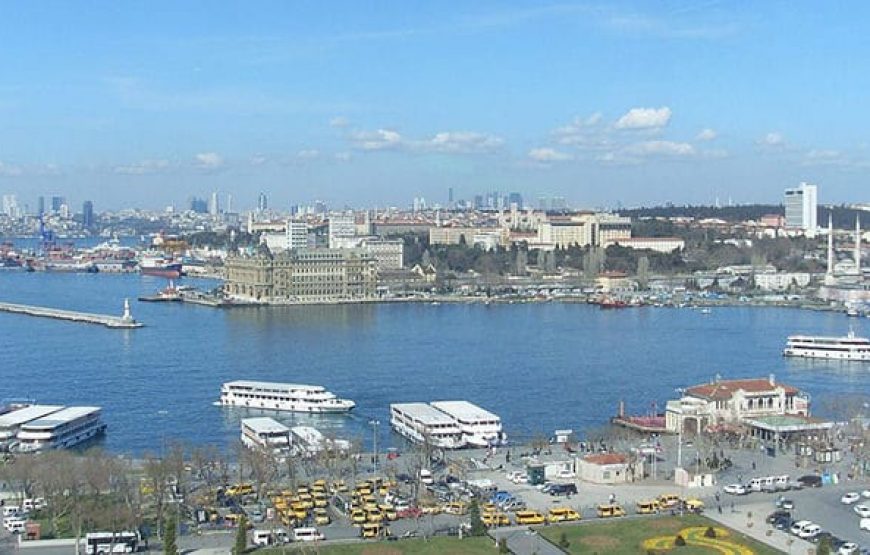
Separated from Europe by the mighty Bosphorus Strait, Istanbul’s Asian side often feels like its own distinct city. Away from the bustle of the tourism center, life revolves around weekly markets, cozy neighborhoods, and local traditions. In Uskudar, splendid mosques that rival those on the European shore punctuate the skyline; in colorful Kuzguncuk, the tempo of slow village life still permeates. On this Istanbul Asian Side Tour, led by a historian or architect with local knowledge of the area, we’ll let this scholar of Istanbul guide us through the back streets and alleys of the hidden city.
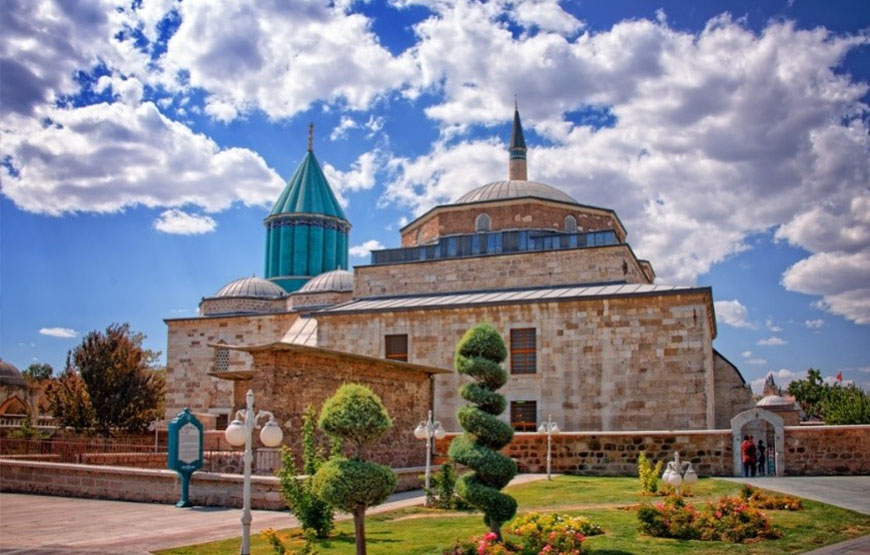
MEVLANA MUSEUM AND TOMB
The tomb, which was formerly the lodge of Mevlana, also known as " Mevlana Tomb" is a complex built on four elephant feet. While the museum area was 6,500 m² with its garden, the area was expropriated and reached 18,000 m² with the sections arranged as Rose Garden.
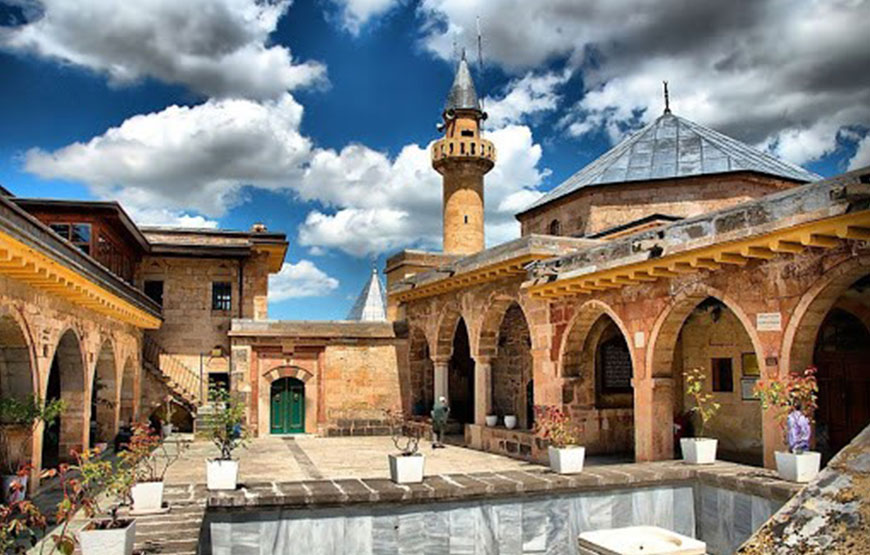
Dervişan Gate: It is the entrance gate of the Mevlana Museum to the square. Because the Mevlevi dervishes used this door, it was named the Dervişan Gate. The door jambs of the door are made of gray marble and it has a low door opening. There is a Mevlevi sikke (felt hat) with a destar (turban) made of marble on the lead-covered pediment of the door, and the hooks of the chain of modesty on the side jambs and arch pediment. The Dedegân Cells above the door arch and construction inscription showing that it was built by Sultan Murat III with the Sultan Mahmut II.
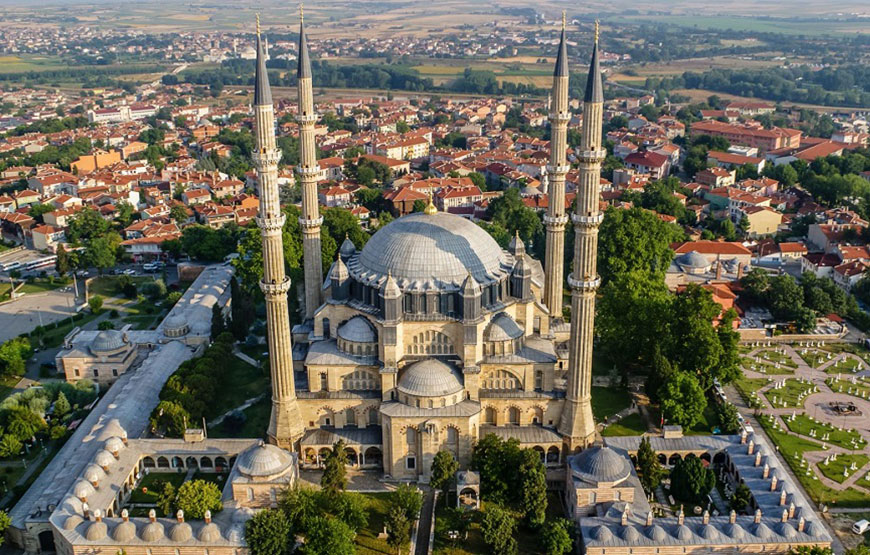
It is located next to the Mevlana Museum. Its construction started during Sultan Selim II governorship of Konya in 1558 and was completed in 1567. It is one of the most beautiful examples of classical Ottoman architecture in Konya. It is similar to the Fatih Mosque in Istanbul in terms of plan. The place, which is covered with a central dome, was enlarged on one side with a half dome. The interior of the mosque, which has seven domes and two minarets, is decorated with hand-drawn work.
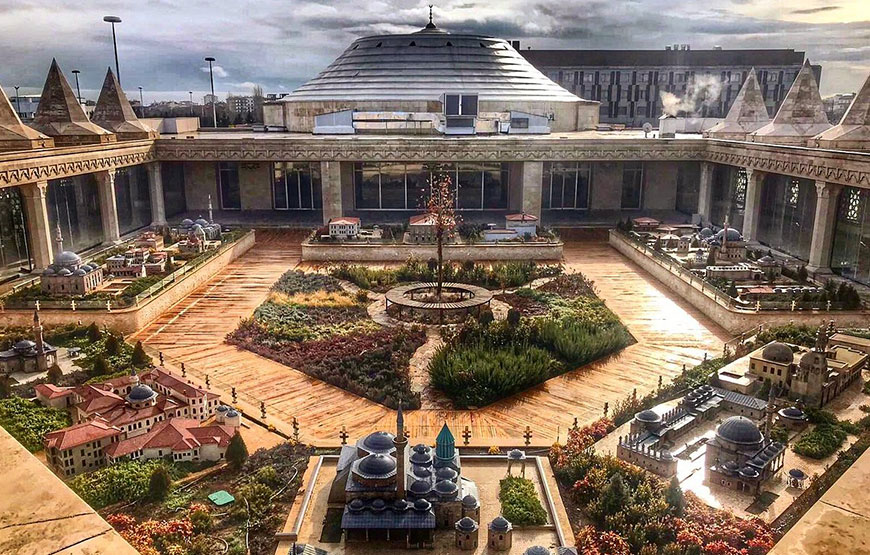
Konyanüma forms an independent part of the complex, which was built in accordance with traditional Turkish Islamic art. Konyanüma, which means showing Konya, exhibits the 13 th century Konya with a panoramic museum that contains works prepared by master artists. With the panoramic view of Konya from the 13 th century, it is possible to observe the life of that period and the opportunity to see everyone living in a cosmopolitan city. Konya, which was the capital of the Seljuks for 211 years, is revealed a civilization again in Konyanüma with AlaaddinKeykubad Mosque and Complex, Eflatun Monastery, Bedesten and magnificent mosques, and inns. Those who visit the panoramic museum have the opportunity to see Konya from centuries ago. In the garden of the Konyanüma are the one-to-one models of various Mevlevi Dervish lodges from Turkey and the world. There is also an exhibition area inside.
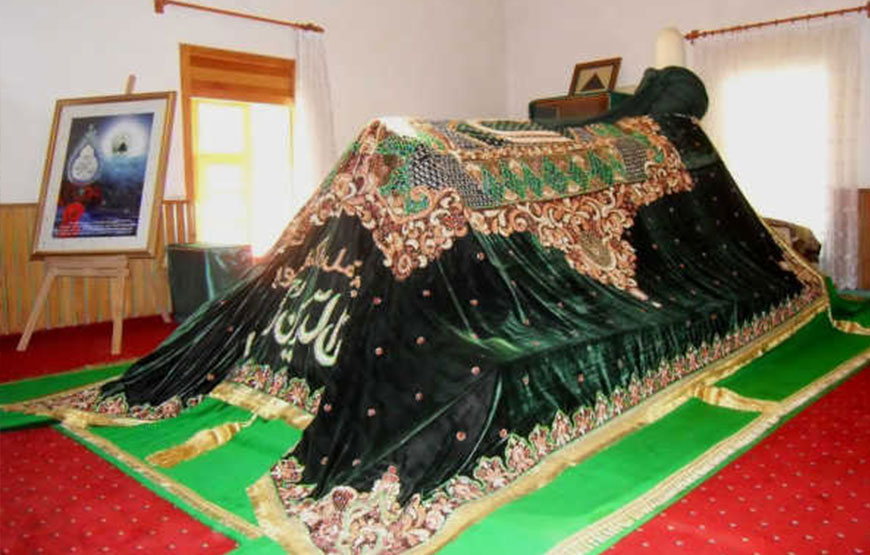
The most important change in MevlânaCelâleddinRûmî's life begins with his encounter with Shams-iTabrizî. Mevlana, who was busy with lectures and sermons in madrasahs and mosques until this date, changed after meeting with Shems. Born in Tabriz, Shams-iTabrizi real name is Mevlana Muhammed, and the spiritual quest of Shams-iTabrizi ended with the meeting with Mevlana. Shams, who does not give importance to the world, attire and clothing, has opened new horizons in his life as a result of his three-and-a-half-year relationship with Mevlana, and made him a true lover of God.

It is in Sheikh Sadrettin parish of Konya. It was built in 1274. SadrettinKonevi, whose name is mentioned in the inscription on the entrance door, was originally from Malatya and settled in Konya and is one of the well-known scholars of the time. He was educated and trained by Muhiddin Ibn-iArabi, and hadith studies were taught in his hanukah in Konya. He was up to Mevlana with a deep love. The tomb is in the courtyard to the east of the mosque. It is the only surviving example of the open tombs type.

One of the most important parts of Mevlana Dervish lodge is Matbah-i Sharif (kitchen), one of the most important personalities is Atesbaz-iVeli and the position he represents. Both food and hearts are cooked for centuries in Matbah-I Sharif, a state of complete submission. Izzeddin& son.
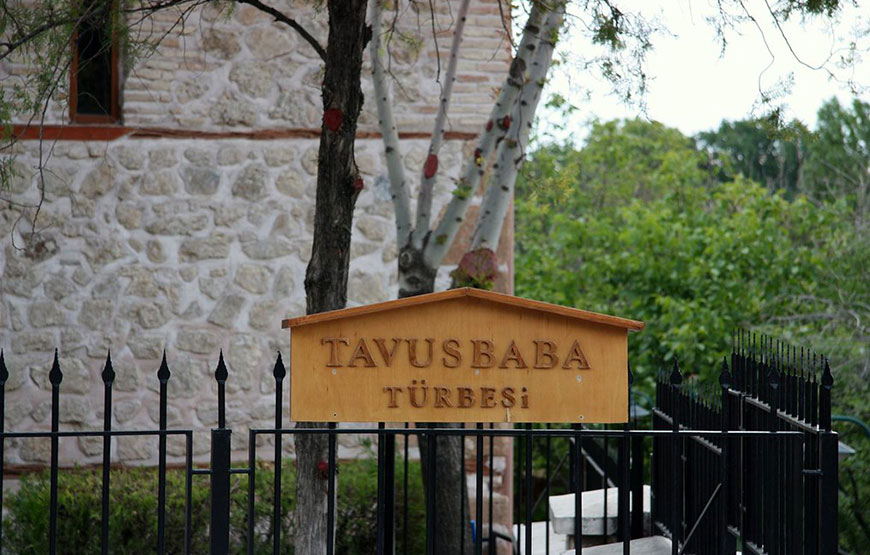
It is a simple work made of stone and brick with a tonas dome. During the time of Hazrat-I Mevlana, many people came from distant lands to see Hazrat-I Mevlâna and to talk to him. The real name of Tavus Baba is Mehmet (Sheikh Tavus Mehmet-el Hindi), his hometown is India. He lived during the reigns of RukneddinSuleyman and AlaeddinKeykubat, the sultans of the Anatolian Seljuks. It is from the sheikhs of that period. He came to Konya and settled because of the respect Seljuk sultans showed to the culture men and Sufis. Birth and death dates are unknown.

He is one of the famous figures who have a place in the life of Hazret-iMevlana. There is not much information about his identity and life. According to the brief information given by Sahih Ahmet Dede, Cemel Ali Dede is a person who shows great love and respect to Hazret-iMevlana. Ali Dede, who departed from Transoxiana when he was thirty and went to Konya by means of the Karaman Road, was included in the convoy of BahaeddinVeled, including Hazret-iMevlana, and settled in Konya.
A travel agent takes all of the headache out of planning a trip and handles virtually all aspects of your travel, at absolutely no cost to you. The combined experience of the team and the feedback from our thousands of travelers provides an invaluable resource to the traveler planning an important trip.
Yes, we work within any and all realistic budgets, and an honest sharing of ideas and goals helps us immensely when making recommendations and suggested edits to travel plans.
No, there is no fee for our vacation planning services as the travel vendors involved recognize our value and compensate us from the gross amount paid (what you would have paid even without our assistance). For those complicated international itineraries that require custom crafting and significant involvement of our international on-location partners, we do request an intent-to-travel deposit to begin the process. This deposit is applied to the reservations that are made on your behalf.
Call us right away.
Alamgir Tours products can only be booked online or over the phone. It is recommended you pre book your travel services to avoid disappointment as many of the tours and products are popular, and can be sold out early. If you wish to wait and book at the destination, you can do this, but we would like to remind you that last minute bookings (last 3 days before the departure date of the services) can not be done online.
Leave a review